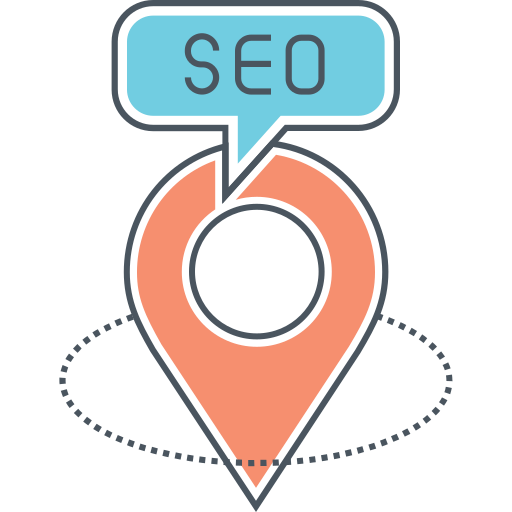The Importance of Cost Per Click in Online Advertising
Cost Per Click (CPC) is a crucial metric in online advertising that determines the amount you pay each time a user clicks on your ad. Understanding CPC and how to measure it is essential for any business looking to maximize their return on investment in digital marketing campaigns.
What is Cost Per Click?
CPC is a pricing model used in online advertising where advertisers pay a fee each time a user clicks on their ad. This model is commonly used in search engine marketing, social media advertising, and display advertising campaigns. The cost per click is determined by factors such as the competitiveness of keywords, the quality of the ad, and the targeting options chosen by the advertiser.
Why Cost Per Click Matters
Cost Per Click is an important metric for advertisers because it directly impacts the overall cost of their advertising campaigns. By understanding and optimizing CPC, businesses can lower their advertising costs while still reaching their target audience effectively. Additionally, CPC can help advertisers measure the effectiveness of their ads and make data-driven decisions to improve their campaigns.
How to Measure CPC
Measuring CPC is relatively straightforward. To calculate the cost per click, simply divide the total cost of the advertising campaign by the total number of clicks generated. For example, if you spent $500 on an ad campaign that generated 1,000 clicks, your CPC would be $0.50 per click.
There are also online tools and platforms that can help you track and measure CPC more efficiently. Google Ads, for example, provides detailed reports on CPC for each keyword and ad group, allowing advertisers to optimize their campaigns for better performance.
The Pros and Cons of Cost Per Click
Pros:
- Cost-Effective: CPC allows advertisers to pay only for actual clicks on their ads, making it a cost-effective pricing model compared to other advertising methods.
- Measurable: CPC provides clear and measurable results, allowing advertisers to track the performance of their campaigns and make data-driven decisions.
- Targeted: With CPC, advertisers can target specific audiences based on keywords, demographics, and other factors, ensuring that their ads reach the right people.
Cons:
- Competition: In competitive industries, CPC rates can be high, making it challenging for small businesses to compete effectively.
- Click Fraud: Click fraud is a common issue in online advertising, where malicious actors click on ads to drive up costs for advertisers without any intention of engaging with the ad.
- Ad Quality: The quality of the ad and landing page can impact CPC rates, so advertisers need to invest in creating compelling and relevant ads to drive clicks.
How to Lower Your Cost Per Click
While CPC rates can vary depending on industry and competition, there are several strategies that advertisers can use to lower their cost per click and maximize their advertising budget:
- Optimize Keywords: Choose relevant keywords with lower competition to reduce CPC rates and improve ad performance.
- Improve Ad Quality: Create compelling ad copy and landing pages that are relevant to the target audience to increase click-through rates and lower CPC.
- Use Negative Keywords: Exclude irrelevant keywords from your campaigns to prevent wasted clicks and reduce overall CPC.
- Test Ad Copy: A/B test different ad variations to identify which messages resonate best with your audience and drive lower CPC rates.
- Monitor Performance: Regularly review your ad campaigns and adjust targeting options, bids, and keywords to optimize for lower CPC and better results.
In Conclusion
Cost Per Click is a critical metric in online advertising that can significantly impact the success of your campaigns. By understanding how to measure and optimize CPC, businesses can lower their advertising costs, reach their target audience effectively, and drive better results from their digital marketing efforts. By implementing best practices and monitoring performance regularly, advertisers can maximize their ROI and achieve their advertising goals efficiently.

![25 Best AI Social Media Tools to Try in 2024 [Tested Manually]](https://static.semrush.com/blog/uploads/media/d3/fa/d3fa26ef671a81b194bb3a41e73beee4/2c7e96d0d6ae1b7d2f993bdabf9b179b/25-best-ai-social-media-tools-to-try-in-2024.svg)

![The 10 Best AI Writing Tools to Try in 2024 [Tested Manually]](https://static.semrush.com/blog/uploads/media/3a/5e/3a5e0f6ec47a1d4e3495cf6c7a6194d5/8aee055881d17f9c5a0e1ed29dc749fb/the-10-best-ai-writing-tools-to-try-in-2024.svg)
.svg)
